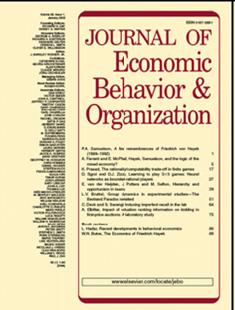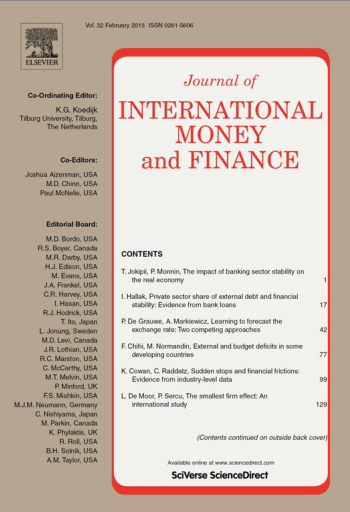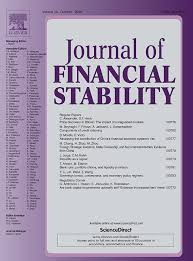Professor Dr. Stefan Eichler

Aktuelle Position
seit 10/23
Forschungsprofessor
Leibniz-Institut für Wirtschaftsforschung Halle (IWH)
seit 10/16
Professor für International Monetary Economics
Technische Universität Dresden
Forschungsschwerpunkte
- Finanzkrisen
- Geldpolitik
- Wechselkurse
- internationale Investitionen
Stefan Eichler ist Professor für Internationale Monetäre Ökonomik an der Technischen Universität Dresden. Seit Oktober 2023 ist er Forschungsprofessor am IWH. Er forscht zu den Themen Marktstrukturen im Finanzsektor und Finanzstabilität.
Nach seinem Studium der Volkswirtschaftslehre an der Technischen Universität Chemnitz und der Technischen Universität Dresden promovierte Stefan Eichler an der Technischen Universität Dresden. Er war Lehrstuhlvertreter an der Technischen Universität Dresden, Juniorprofessor für International Macroeconomics and Finance an der Otto-von-Guericke-Universität Magdeburg sowie Professor für Geld und Internationale Finanzwirtschaft an der Leibniz Universität Hannover. Bis September 2023 war er Fellow am IWH.









